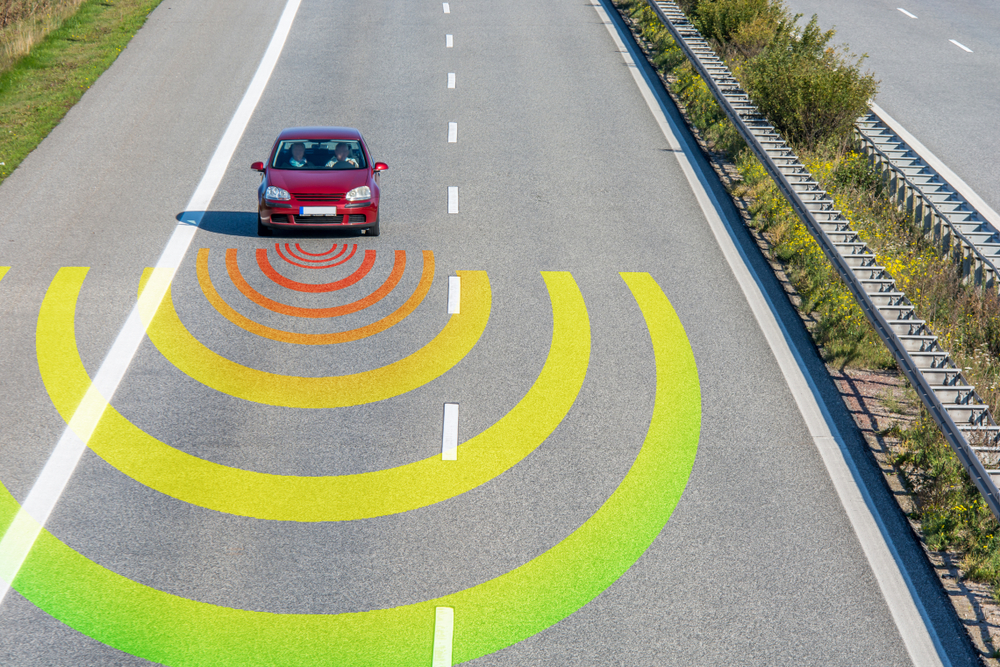If you have purchased a new car recently, you are probably overwhelmed by the number of features—safety and otherwise—that the automobile contains.
A recent study conducted by AAA and the Virginia Tech Transportation Institute, however, shows that some of these features designed to cut down on the number and severity of accidents could actually be having the reverse effect.
Ontario Center for Rehabilitation and Nursing has a look at how these technologies can disengage drivers and what you can do to combat it.
New Technology Leads to Complacency
Researchers found that the problem lies with drivers becoming over-reliant on safety features like adaptive cruise control and lane-keeping assist, causing drivers to lose focus on the road and fail to react when a situation occurs that requires a split-second, critical decision.
The study found that younger drivers are also more likely to rely on these features and also be distracted by onboard technology like cell phone connections and the radio. Researchers found that older drivers who had less experience with these new features are less likely to lose focus while using them.
Drivers who have had cars with these technologies for a longer period of time have also been found to become more reliant on them and take attention away from the road.
Use the ACE Method When Buying a New Vehicle
Vehicles can now come with several different manuals that are hundreds of pages long due to all the features they contain. AAA advises going with the ACE method to simplify and understand your purchase.
A: Always remain active and engaged when using driver-assist technology.
C: Commit to knowing what features are on your car and how they work.
E: Expect that these technologies will have limitations and are not a substitute for safe driving practices.
To learn more about Ontario Center for Rehabilitation and Nursing and all of the services they offer, visit http://ontario-center.facilities.centershealthcare.org/.






